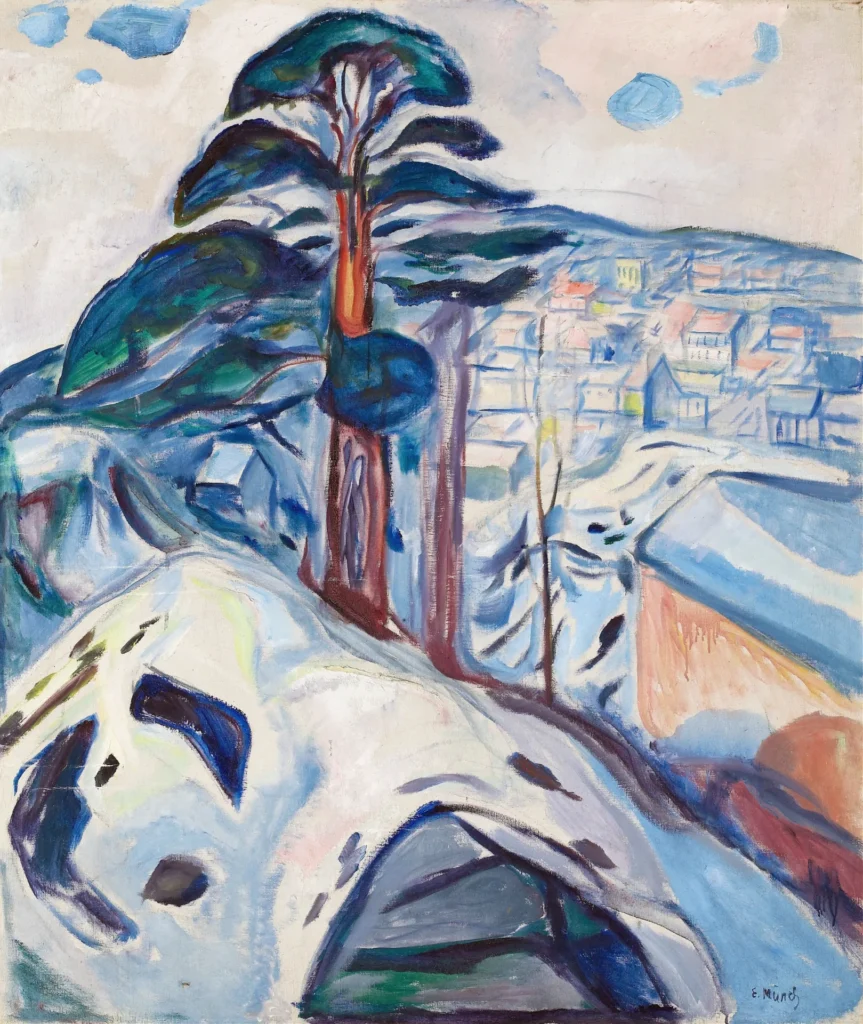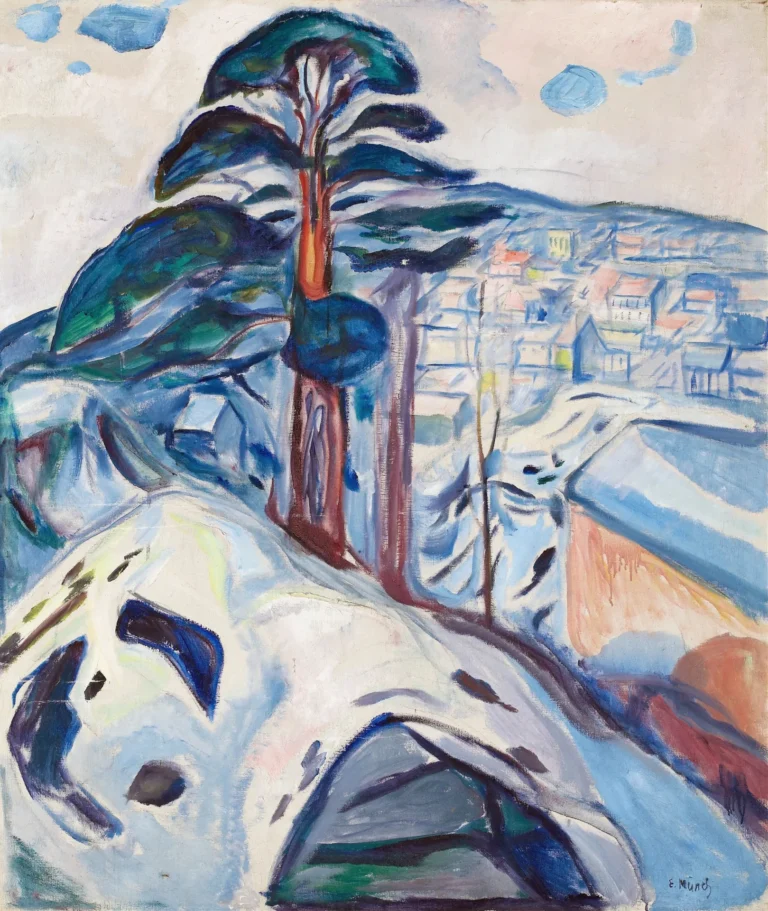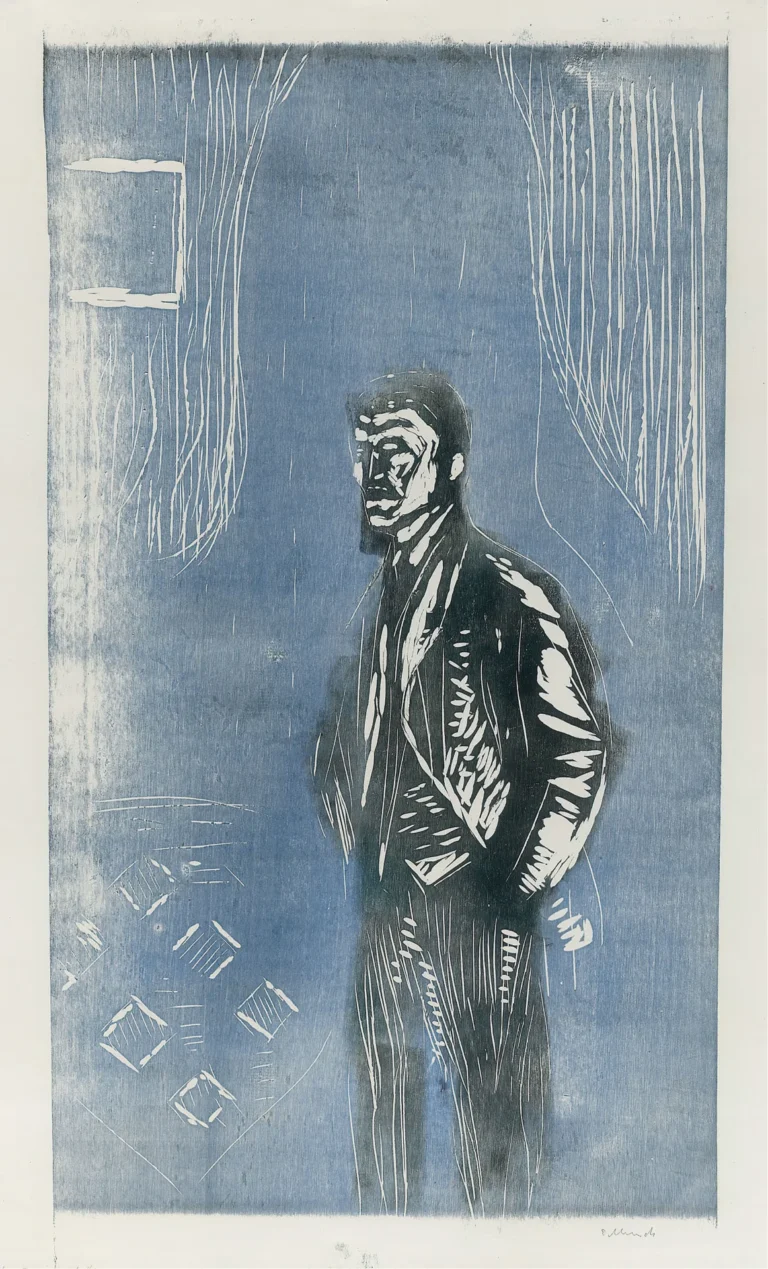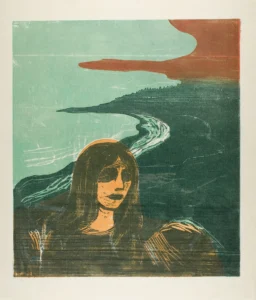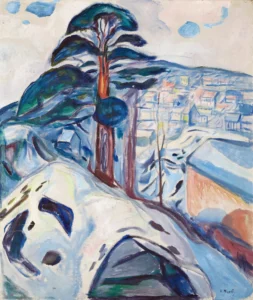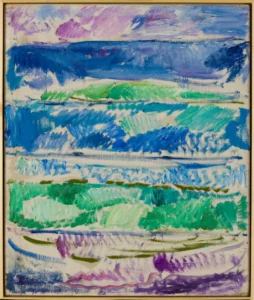Winter in Kragerø (1916)
Created in 1916, Edvard Munch's Winter in Kragerø illustrates a tranquil winter landscape near the Norwegian town of Kragerø. This painting is a remarkable example of Munch's exploration of nature, conveying an emotional depth that resonates with viewers. In this period marked by the constraints of World War I, Munch's artistry flourished as he sought solace and inspiration from the serene beauty of his natural surroundings.
Year 1916
About the Artwork
During the years leading up to 1916, Edvard Munch found himself constrained by the looming shadows of World War I, causing disruptions to his travels and creative endeavors. Winter in Kragerø emerges from this period as a significant piece, reflecting not just the external wintry landscape of Norway, but also the internal emotional landscape of Munch himself. The serene yet melancholic depiction of winter captures the tranquility he sought amidst the chaos of contemporary life. This painting contributes to Munch's ongoing exploration of the interplay between nature and emotion, and it embodies his unique ability to connect with viewers through the lens of the natural world.
Did You Know
Munch had a profound connection with nature, finding inspiration in landscapes throughout his life. His paintings often reflect his emotional state, portraying landscapes that resonate with solitude and introspection.
The outbreak of World War I had a significant impact on Munch’s work. The constraints he faced during this time led him to delve deeper into emotional landscapes, using art as a means of coping with the turmoil surrounding him.
Winter in Kragerø is housed in the Harvard Art Museums, an institution dedicated to promoting the understanding and appreciation of art, emphasizing the significance of Munch in the canon of modern art.




